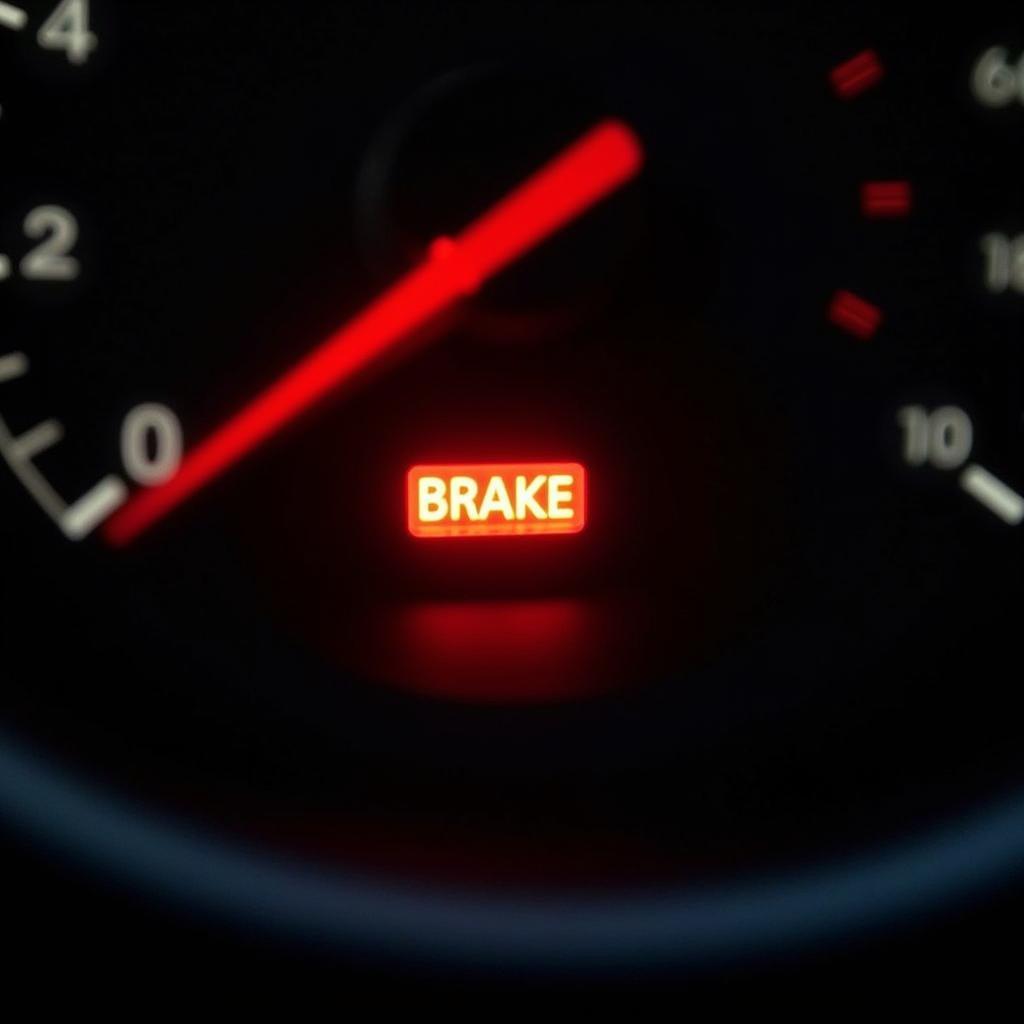A new car battery should provide reliable starting power for years. However, a frustrating scenario many drivers encounter is a car that keeps dying even with a new battery. This can be perplexing and leave you stranded. This article delves into the common causes and provides practical solutions for tackling this issue head-on.
A dead battery, even a new one, points to an underlying electrical problem. Identifying the culprit requires systematic troubleshooting. This can range from a simple parasitic drain to a more complex issue with the alternator or starter. Understanding these potential problems is crucial for a quick and effective fix.
Why Your Car Keeps Dying Even With a New Battery
Several reasons can explain why your car keeps dying despite having a new battery. Let’s explore some of the most common culprits:
- Parasitic Drain: This is a common issue where a component continues to draw power even when the car is off. This can be anything from a faulty dome light to a more complex electronic system malfunction.
- Bad Alternator: The alternator is responsible for recharging the battery while the engine is running. A malfunctioning alternator won’t charge the battery properly, leading to a dead battery even if it’s brand new.
- Faulty Starter: While less common, a faulty starter can put excessive strain on the battery, causing it to drain quickly. This often manifests as a clicking sound when trying to start the car.
- Corroded Battery Terminals: Corrosion on the battery terminals can impede the flow of electricity, preventing the battery from charging properly and starting the car.
- Wiring Issues: Damaged or loose wiring can also lead to electrical shorts and drain the battery.
After the initial installation of the new battery, if problems still arise, a more thorough diagnostic approach is necessary. Like checking the grundig car radio wiring, meticulous inspection of all connected components is vital.
Diagnosing the Problem: A Step-by-Step Guide
Identifying the root cause is crucial. Here’s a step-by-step guide to help you diagnose why your car keeps dying with a new battery:
- Check for Parasitic Drain: Using a multimeter, measure the current draw with the car off. A reading above 50 milliamps suggests a parasitic drain.
- Test the Alternator: With the engine running, use a multimeter to check the voltage at the battery terminals. A reading of around 14 volts indicates a healthy alternator. A lower reading suggests a problem.
- Inspect the Starter: If you hear a clicking sound when trying to start the car, it could be a sign of a faulty starter. Further testing may be required to confirm.
- Examine Battery Terminals: Check the battery terminals for any signs of corrosion. Clean them with a wire brush and baking soda solution if needed.
- Check Wiring: Inspect the wiring for any damage or loose connections. Repair or replace any faulty wiring as necessary.
A battery that dies after a few days even if it’s new could indicate a deeper issue. You can find more information about this in our article on car battery dies after a few days.
Solutions and Preventive Measures
Once you’ve identified the problem, implementing the right solution is crucial. Here are some common fixes:
- Eliminate Parasitic Drain: Identify and disconnect the component causing the drain. This may involve removing fuses one by one to isolate the culprit.
- Replace the Alternator: If the alternator is faulty, replacing it is the most effective solution.
- Replace the Starter: A faulty starter will require replacement.
- Clean Battery Terminals: Cleaning corroded terminals can restore proper electrical connection.
- Repair Wiring: Damaged or loose wiring needs to be repaired or replaced to prevent further issues.
Understanding how to diagnose battery drain in car can save you time and money in the long run.
Expert Insights
“Often, drivers overlook the simplest of solutions, like corroded battery terminals,” says John Smith, Automotive Electrical Engineer at Advanced Auto Solutions. “A simple cleaning can prevent many starting problems.”
“A parasitic drain can be tricky to diagnose,” adds Emily Johnson, Lead Technician at Auto Electric Diagnostics. “A systematic approach using a multimeter is essential for pinpointing the source of the drain.”
Knowing if a check engine light for bad battery is triggered is crucial for diagnosing the issue.
Conclusion
A car that keeps dying even with a new battery can be a frustrating experience. However, with a systematic approach to diagnosis and troubleshooting, you can identify the underlying issue and implement the necessary fixes. Regular maintenance and preventative measures can also go a long way in ensuring your car’s electrical system is healthy and reliable. By addressing the underlying cause rather than just replacing the battery, you can save yourself time, money, and frustration in the long run.
If you suspect battery corrosion car not starting is the culprit, prompt action is recommended.
FAQ
- Can a bad alternator drain a new battery? Yes, a faulty alternator won’t recharge the battery properly, leading to a drain.
- How do I test for a parasitic drain? Use a multimeter to measure the current draw with the car off.
- What are the signs of a bad starter? Clicking sound when turning the key, dimming headlights, or slow engine cranking.
- How often should I clean my battery terminals? Every few months or as needed, especially in harsh weather conditions.
- Can a short circuit drain a car battery? Yes, a short circuit can quickly drain a battery, potentially even damaging it.
- Should I disconnect the battery if I’m not using the car for a while? Yes, disconnecting the negative terminal can prevent parasitic drain, especially during long periods of inactivity.
- What is the average lifespan of a car battery? Typically, 3-5 years, but various factors can influence this.

